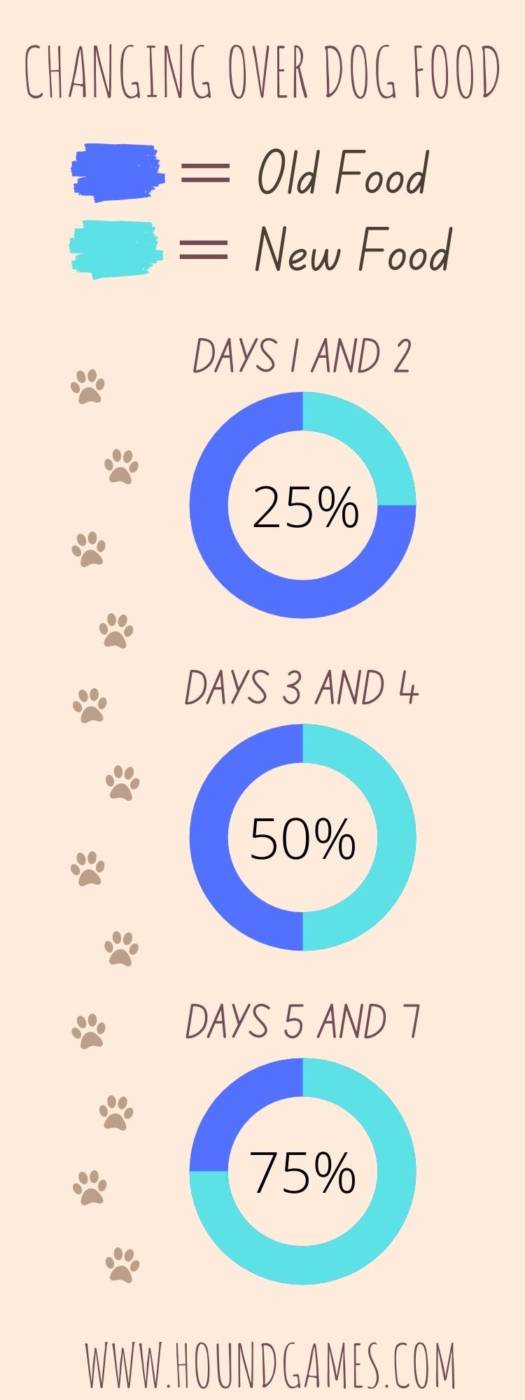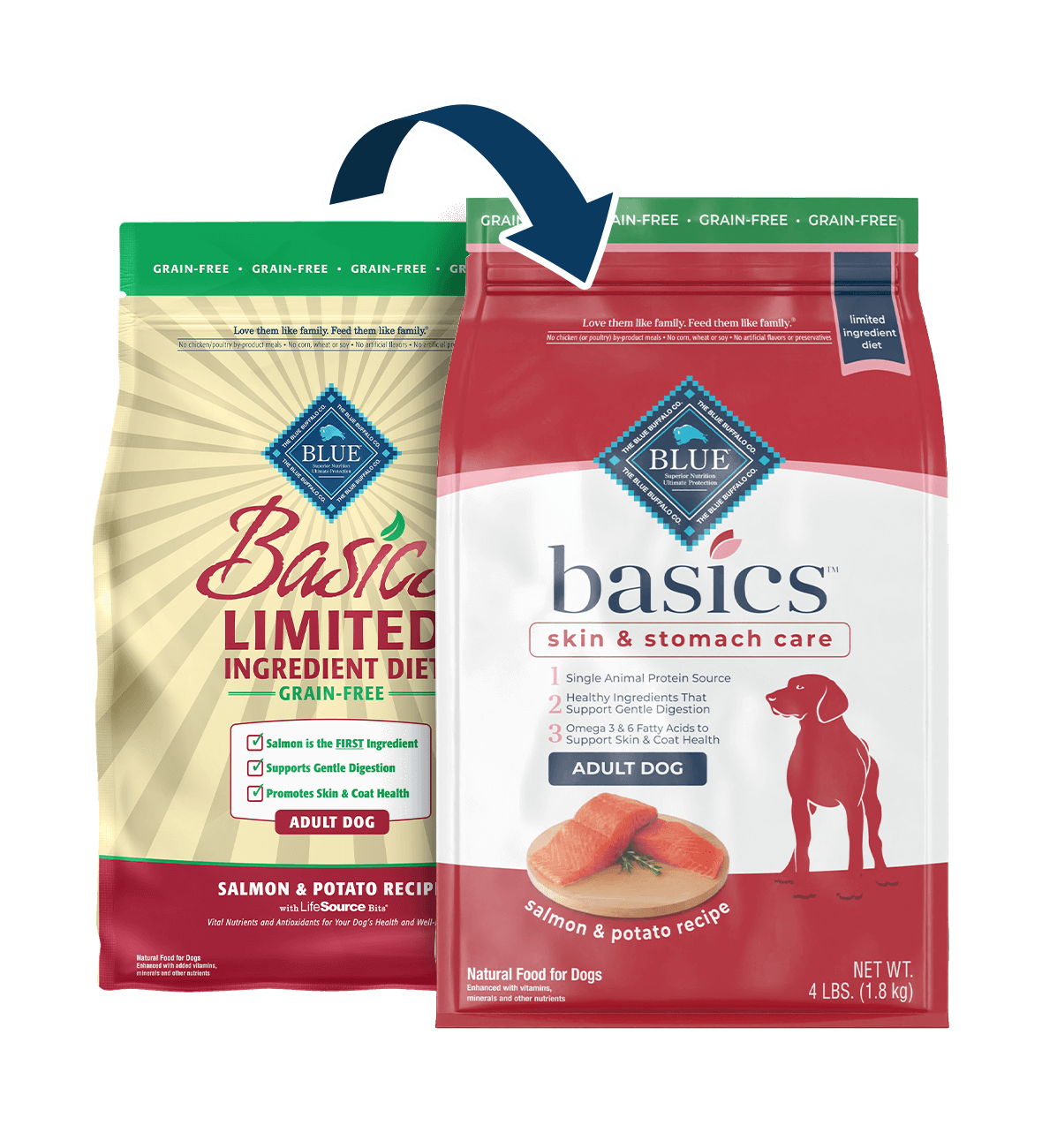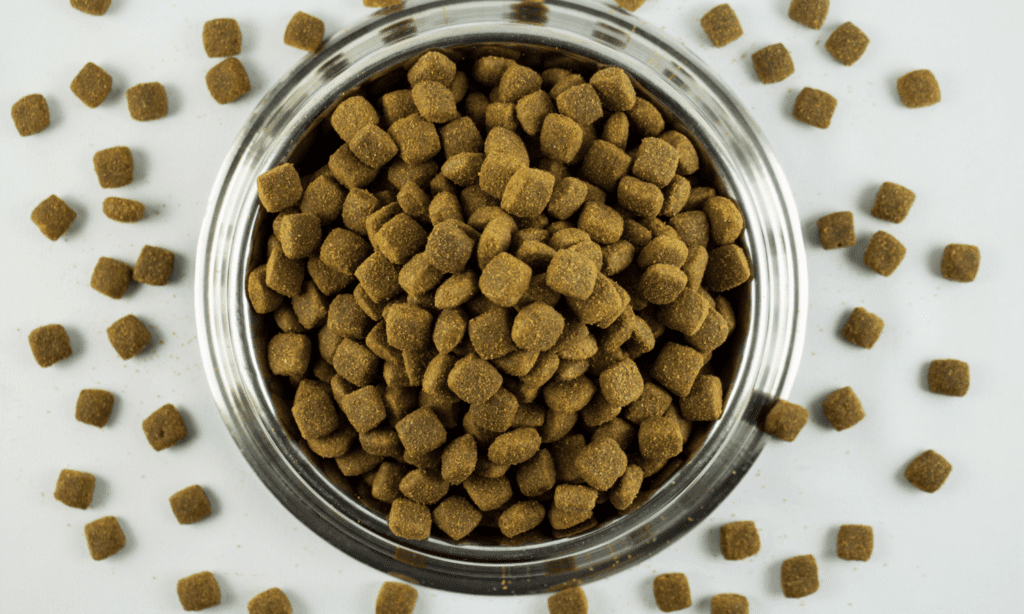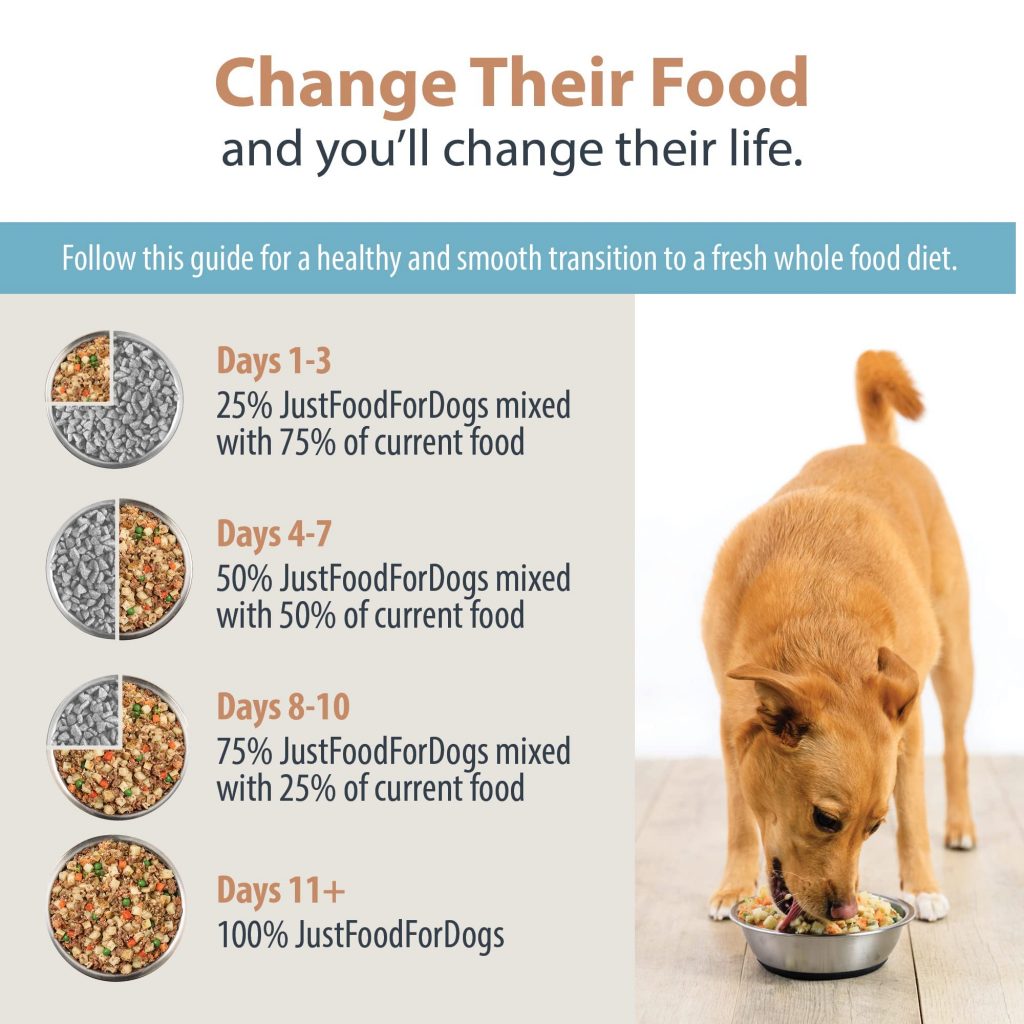Can You Change Dog Food Flavors

Dog owners nationwide are questioning a common practice: switching dog food flavors. Experts are now weighing in, revealing potential health implications and offering guidance on safe dietary transitions for your canine companions.
The debate centers on whether dogs can adapt to different food flavors without experiencing digestive upset or developing finicky eating habits. Understanding the potential risks and benefits is crucial for ensuring your dog's health and well-being.
The Digestive Dilemma: Can Dogs Handle Flavor Changes?
The primary concern when changing dog food flavors lies in the dog's digestive system. Abrupt changes can disrupt the delicate balance of bacteria in the gut, leading to gastrointestinal distress. Symptoms can range from mild diarrhea and vomiting to more severe issues like loss of appetite and dehydration.
A study published in the Journal of Animal Physiology and Animal Nutrition indicated that a gradual transition over 7-10 days is crucial. This allows the gut microbiome to adjust to the new ingredients and minimize digestive upset.
The Role of Ingredients: More Than Just Flavor
It's not just the flavor that matters, but also the ingredients themselves. Different flavors often mean different protein sources, carbohydrates, and fat compositions. These changes can impact a dog's nutritional intake and overall health.
According to the American Veterinary Medical Association (AVMA), pet owners should always check the ingredient list carefully. Ensure the new food provides a complete and balanced diet that meets your dog's specific needs based on age, breed, and activity level.
Finicky Fido: Will My Dog Become a Picky Eater?
Some experts believe that frequently changing food flavors can contribute to picky eating habits. If a dog learns that refusing a meal will lead to a tastier option, they may become more selective and less willing to eat a consistent diet.
Dr. Emily Carter, a board-certified veterinary nutritionist, warns against catering to a dog's every whim. "Consistency is key. Offering a variety of flavors constantly can reinforce undesirable eating behaviors."
The Boredom Myth: Do Dogs Really Need Variety?
While humans appreciate variety in their meals, dogs don't necessarily crave it in the same way. Their sense of taste is less developed than ours, and they primarily rely on smell to identify food.
Many dogs are perfectly content eating the same food every day, as long as it meets their nutritional needs. Changing flavors simply for the sake of variety is often unnecessary and can be counterproductive.
Safe Transition Strategies: How to Switch Flavors the Right Way
If you do decide to change your dog's food flavor, a gradual transition is essential. Start by mixing a small amount of the new food with the old food, gradually increasing the proportion of the new food over several days.
Here's a suggested transition schedule:
Day 1-2: 25% new food, 75% old food. Day 3-4: 50% new food, 50% old food. Day 5-6: 75% new food, 25% old food. Day 7: 100% new food.
When to Consult a Veterinarian
It's always a good idea to consult with your veterinarian before making significant changes to your dog's diet. They can assess your dog's individual needs and recommend the best food options. Also seek immediate veterinary care if your dog exhibits severe digestive upset during the transition.
Certain medical conditions, such as food allergies or sensitivities, may require a more specialized diet. A veterinarian can help you identify and manage these conditions.
The Verdict: Proceed with Caution
While it's possible to change dog food flavors, it's not a decision to be taken lightly. A gradual transition and careful monitoring are crucial to avoid digestive upset and prevent picky eating habits. Remember, consult with your veterinarian to determine the best course of action for your furry friend's health and well-being.
Further research is underway to better understand the long-term effects of flavor variations on canine health. Pet owners should stay informed and prioritize their dog's individual needs when making dietary decisions.

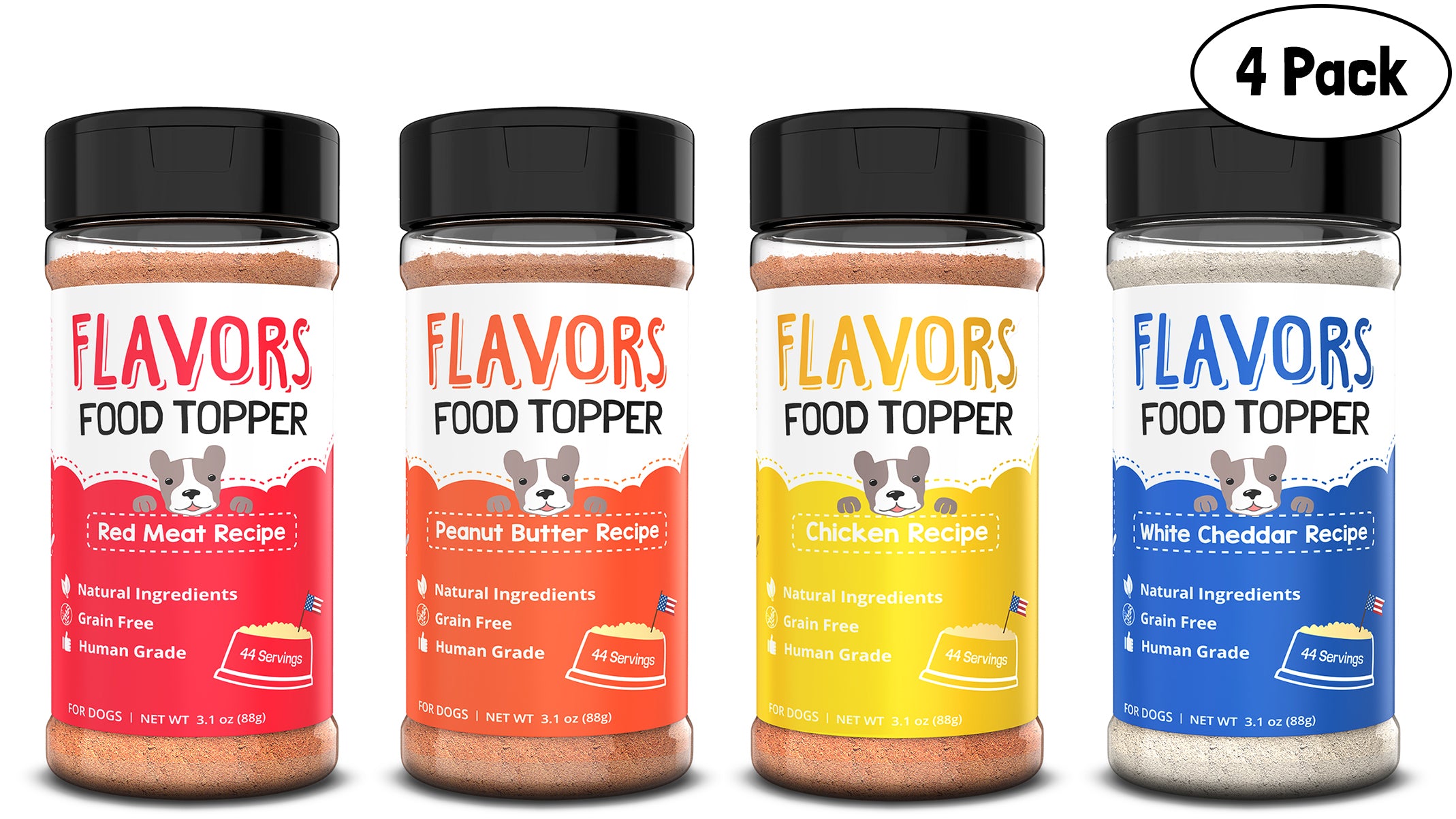
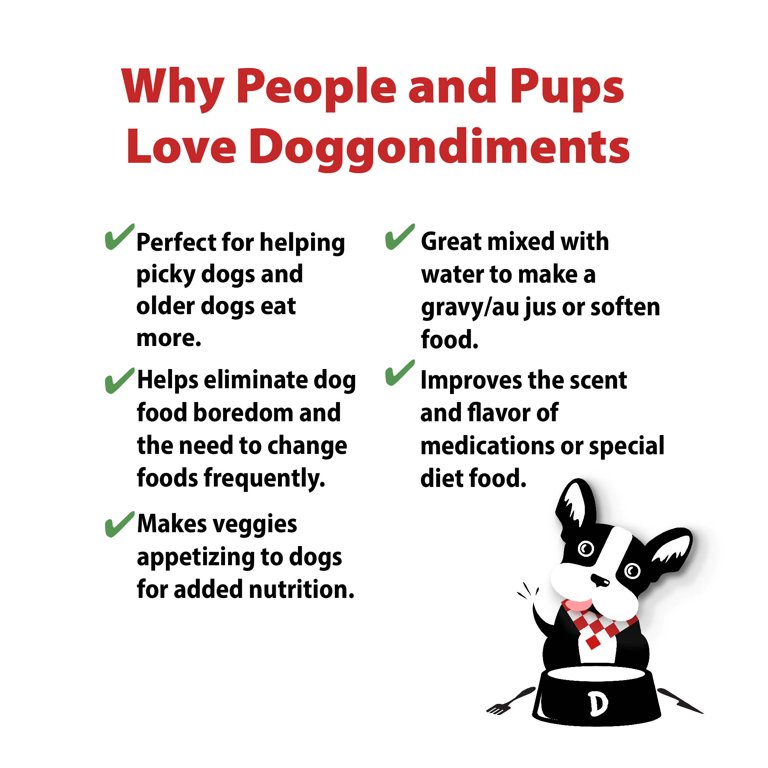
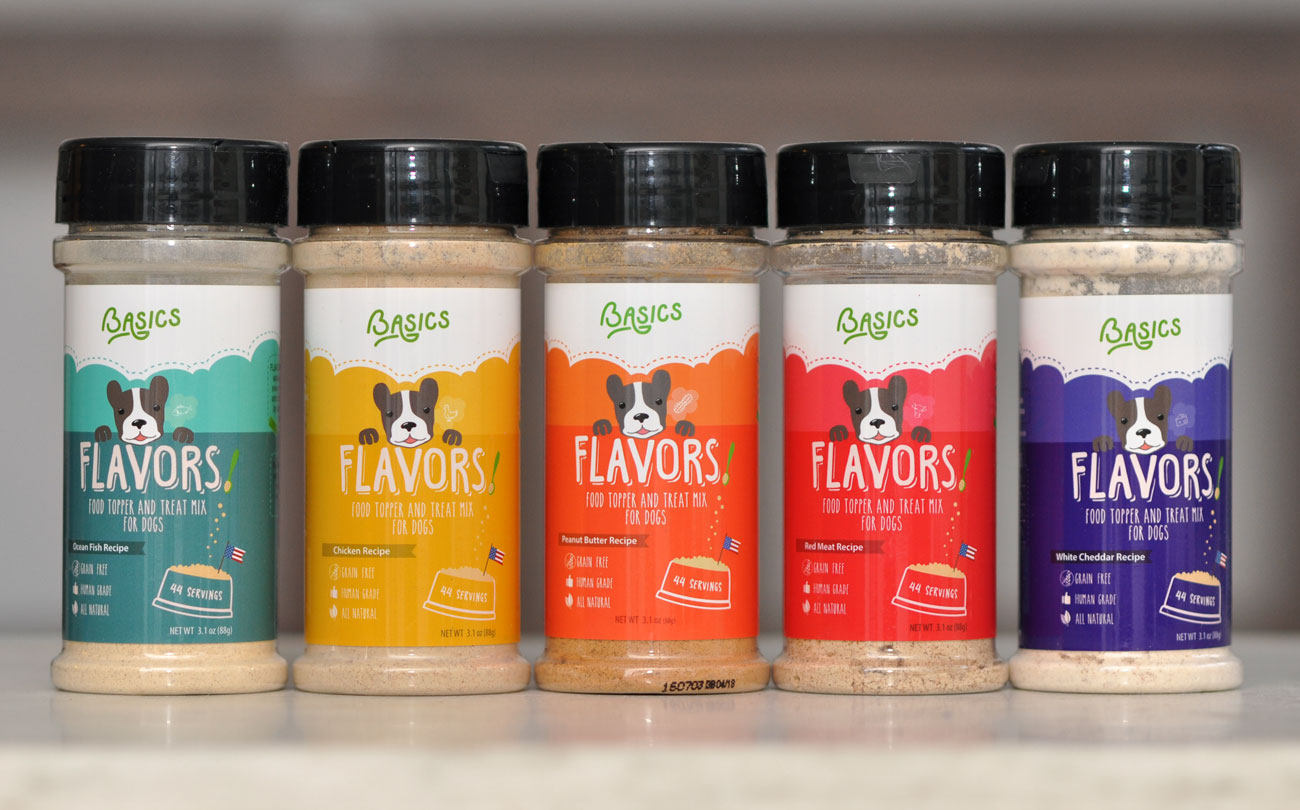
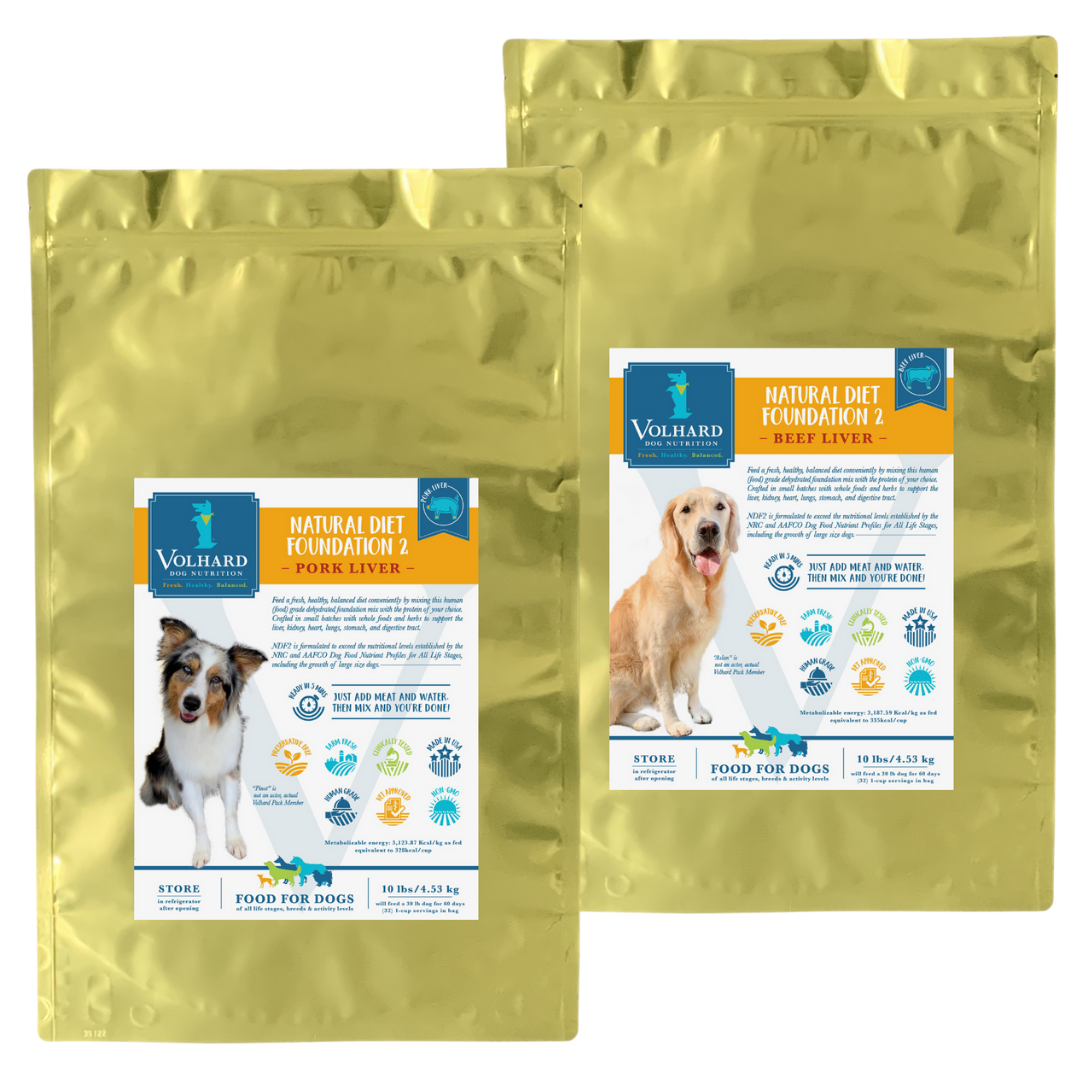



:max_bytes(150000):strip_icc()/SPR-Pets-9-best-dog-food-for-older-dogs-4579808-01-b5edd2c121ff48c3ac909e3bafabe07a.jpg)
